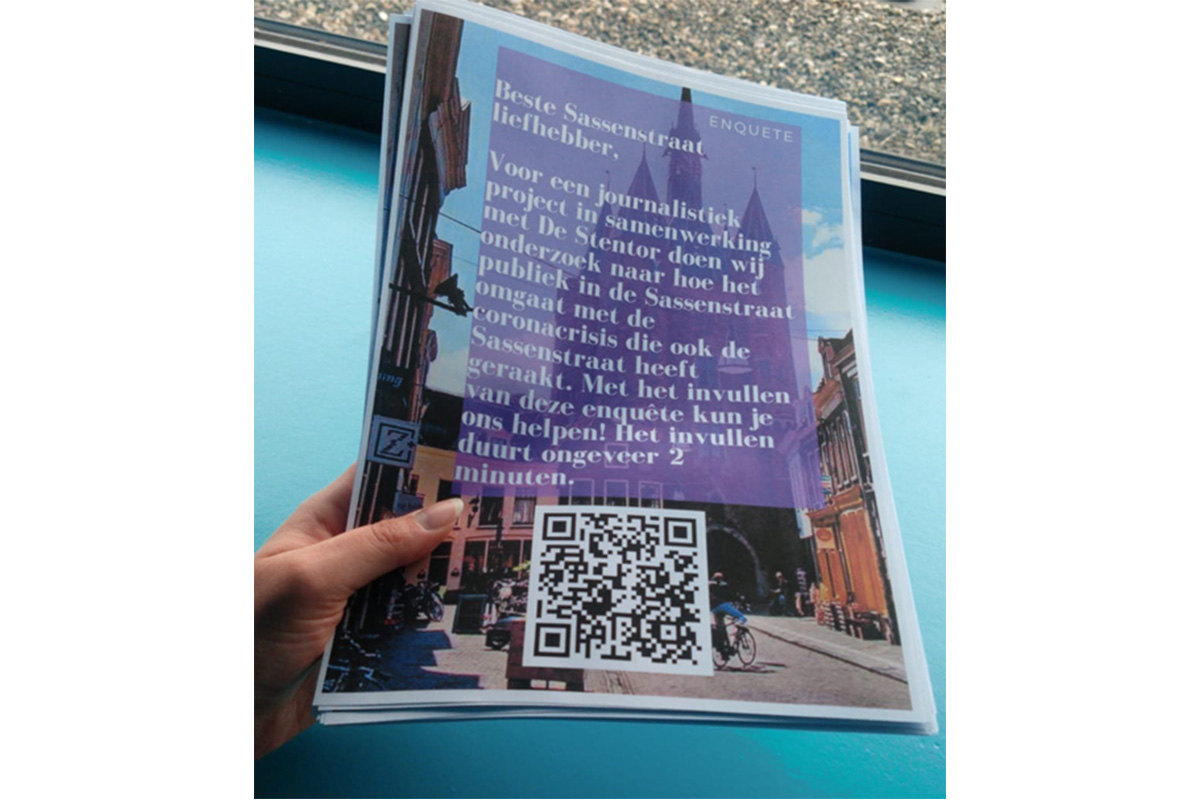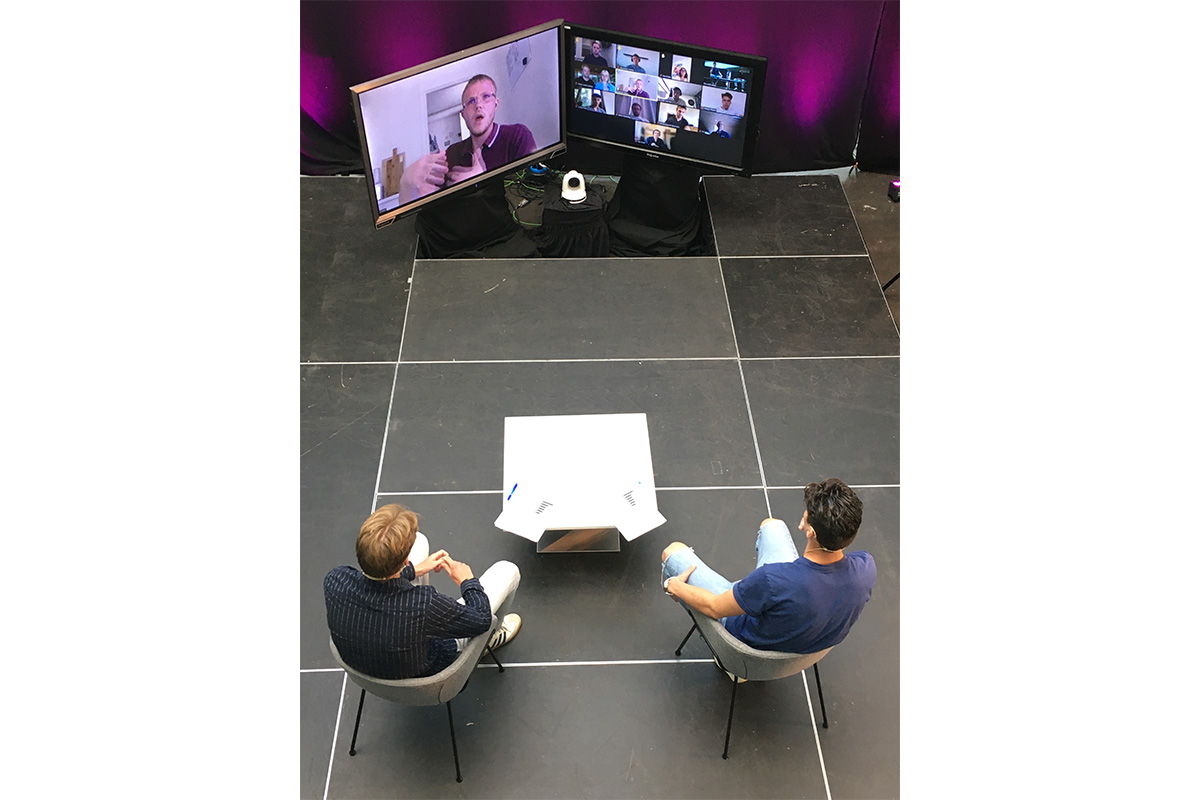Course description
7th Semester (pre-graduation) at Windesheim University of Applied Science in Zwolle, NL
Credits: 25 ECTS
Class: 18 weeks
Specific learning outcomes in relation to the public:
- Students are able to work out and apply a self-developed media strategy.
- Students can organise interaction with their audience on a relevant theme in society, which leads to informing and/or activation of the audience.
- Students can use the outcome of a (self-facilitated) public debate in a journalistic production.

